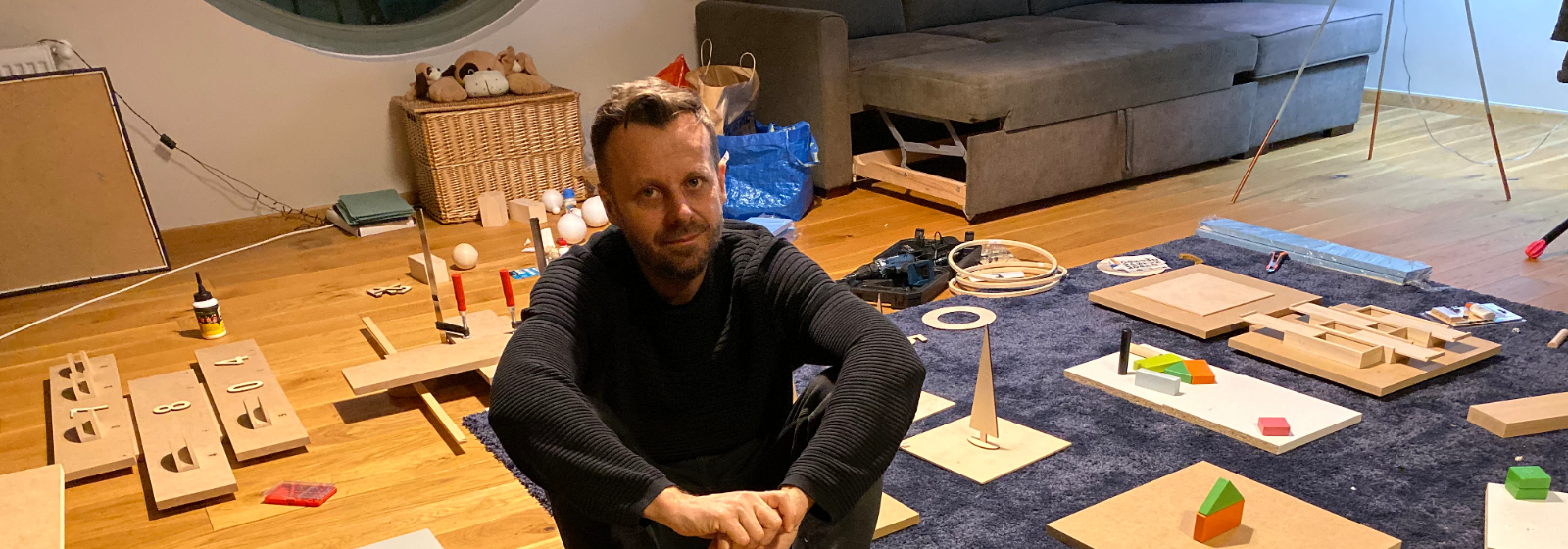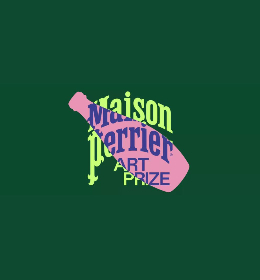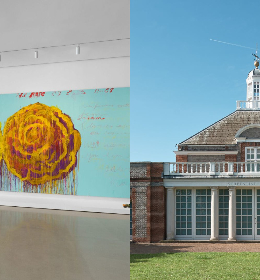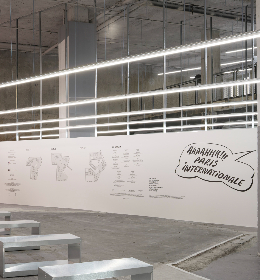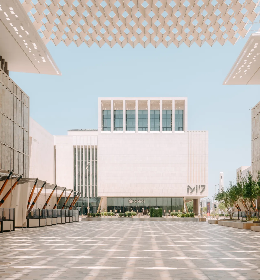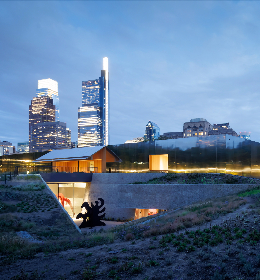I have often thought of this process of observing an artist at work with an ambiguous eye as both an artist myself and as a writer, the studio forms the dual scenario of laboratory and atelier and the artist a test subject within it; given the means of construction, one observes what the creative output will be and draws conclusions about the artist and his quotidian. Each subsequent artwork shapes itself into a Canopic jar, preserving an embodied memory of the process of metacognition as the elixir of art production. A silent observer, I often photograph this process, in some ways, becoming a participant. To observe a work of art, one somehow also becomes a part of it, as a recorder of history; one etches it into a collective memory, which will erupt as small effervescent bubbles, in years to come and in a myriad of forms.
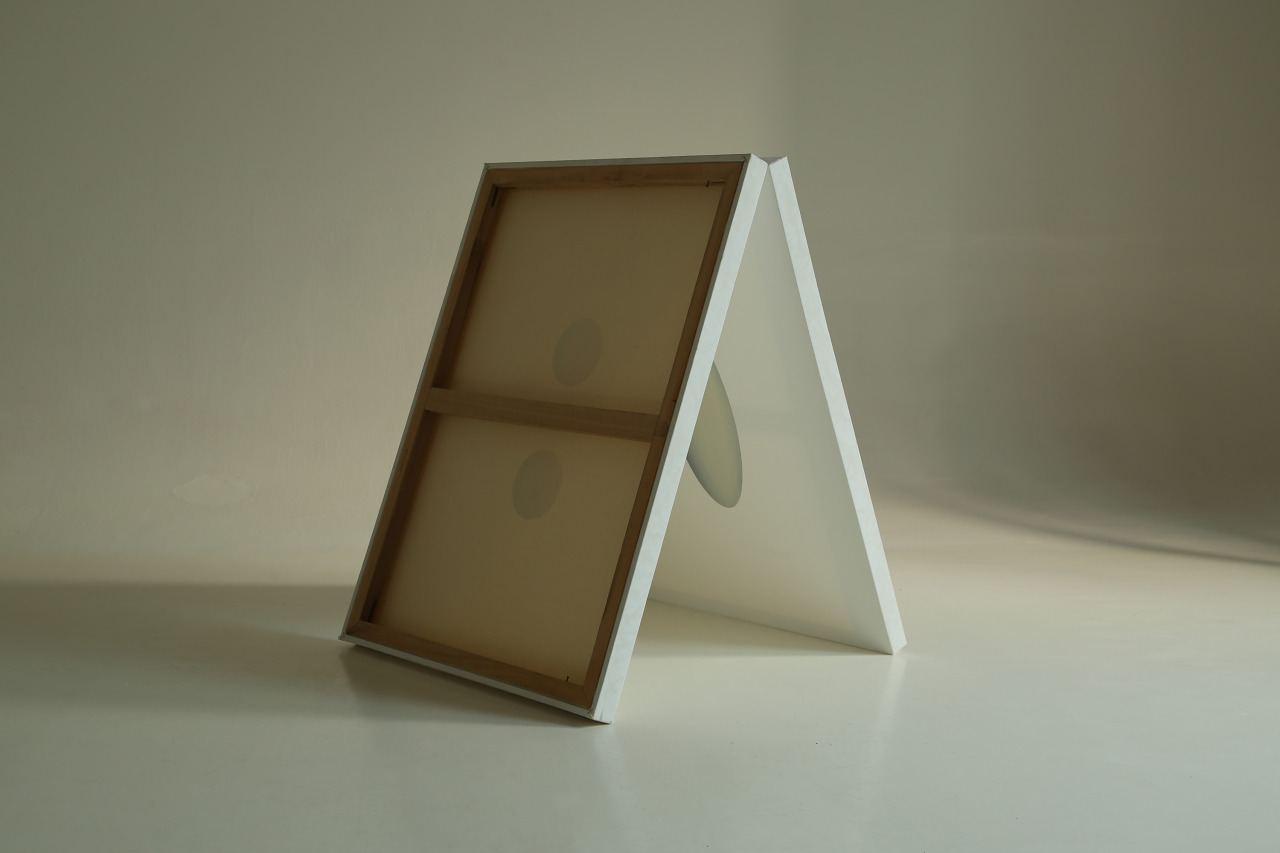
My Art series, by Zsolt Asztalos, photo courtesy of Ani Molnár Gallery
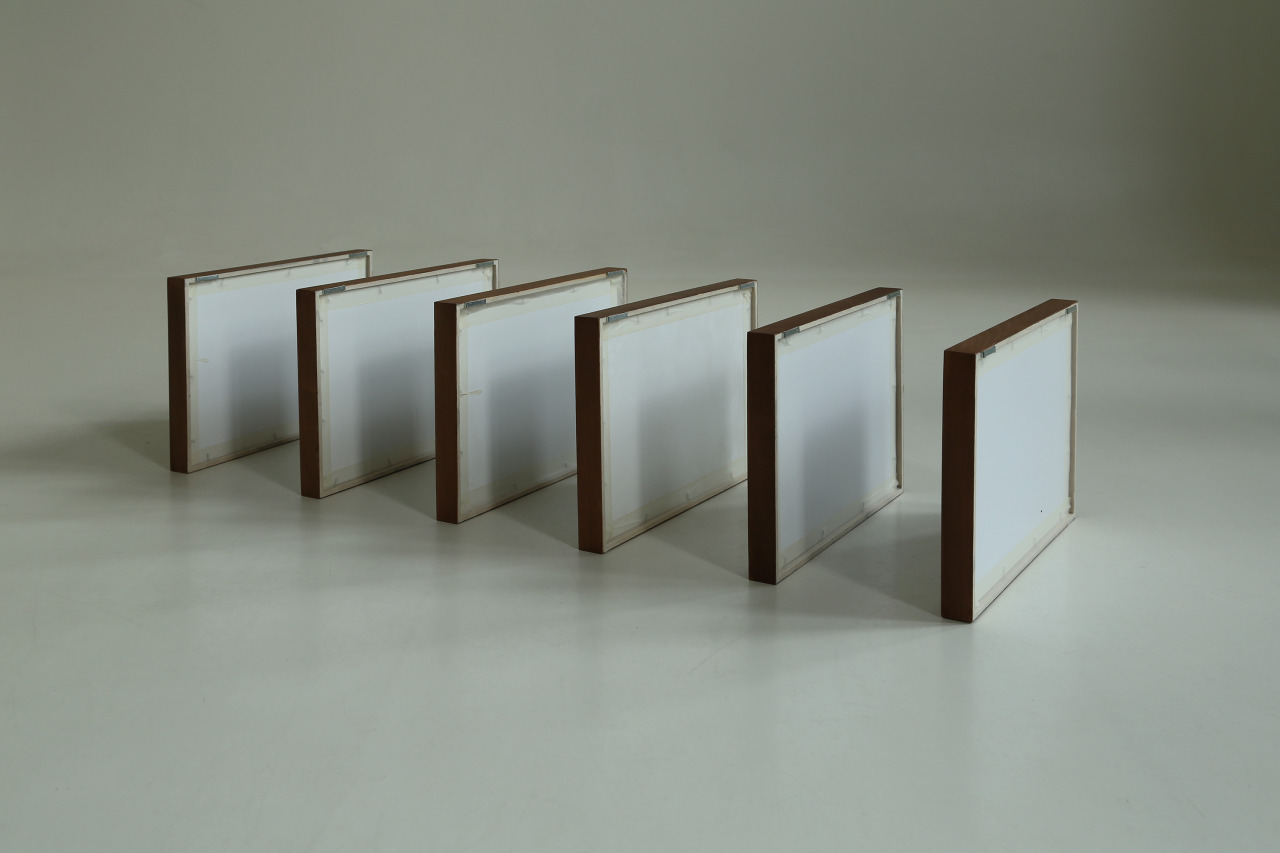
My Art series, by Zsolt Asztalos, photo courtesy of Ani Molnár Gallery
Describing the work of Asztalos from the series My Art, as framed photos seen only from the reverse side and balanced on a neutral background laid to rest against each other as if in a moment of transition from one place to another, they sound generic or even void of emotion, but the reality is quite the contrary. Consistent with his previous work, his subtle presentation can hit the viewer over the head with a dark humor and astounding and poignant accuracy, bursting with intense and untethered emotion. The vacant back of a frame, is lit with the gentlest of care, as if it is a child or even a self-portrait akin to a Rembrandt, a gaze startling in its evasiveness, as a downcast eye would be when one is asked a direct question that emits an emotional response. These works appear as if they turn away, they deter and defer, they balance upon one another, they are dependent on moments of both symmetry and dissonance. Conceptually one can infer meaning, the works are from previous years, and clearly have been laid to rest many times in storage, their lives a non-fiction reality of the charmed existence of so many art works, stacked and shelved, catalogued, labeled, priced, and forgotten in history. Viscerally, they are beings in themselves: children, lovers, unborn souls perhaps;they are reimagined and photographed, assembled in factory fashion, but still, warmth emits from them or upon them because of the care and interaction of the artist, the thoughtful framing of the photo and the delicate light, which almost caresses them.
Watching Asztalos set up the work, I reflected upon the intimate nature of the interaction between the artist and the objects he has created, he nudged one work into place with his toe and bent over in dynamic ways, arms stretched, back arched, contortions both natural and instinctual as he set up each scenario and clicked the shutter of his camera.
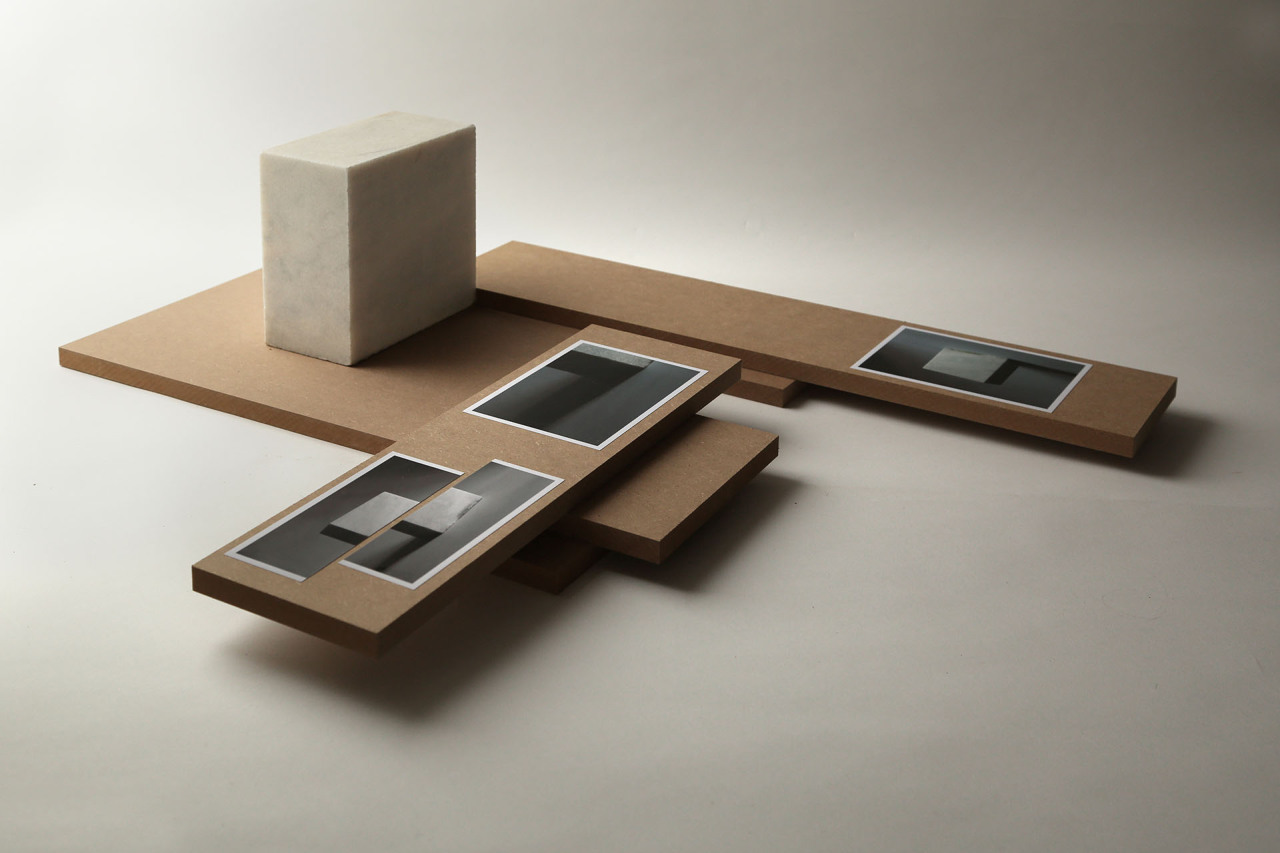
Sculptures of Memory series, by Zsolt Asztalos, photo courtesy of Ani Molnár Gallery
One evening in November, I visited the artist’s studio to see the beginning of the new series, Sculptures of Memory. He had taken over the entire floor with modular segments, pieces of wood, three-dimensional letters purchased and made from what appeared to be cardboard and brown paper, photos, stone blocks, among other objects.A language was emerging, as if unearthed from the sediment of time and personal experience;memories were beginning to stand on their own.
In correspondence, Asztalos explained the progression of these works, “The relationship between My Art and the new series for Kiscelli Museum, Sculptures of Memory, is a kind of abstraction. The My Art series creates new abstract artwork using my old body of artworks, and the Sculptures of Memory are abstractions of the way of recollection. So, basically the main concepts of these series are different but the way I express these concepts are similar. These abstract creations are going back to the abstract art in the 20thCentury - mainly in the first half. For example some of the Sculptures of Memory reflect El Lissitzky or other famous artists from this period. But this is just a form of how I express my idea. The main concept behind the appearance is the abstraction - the way of recollection in a scientific aspect.”
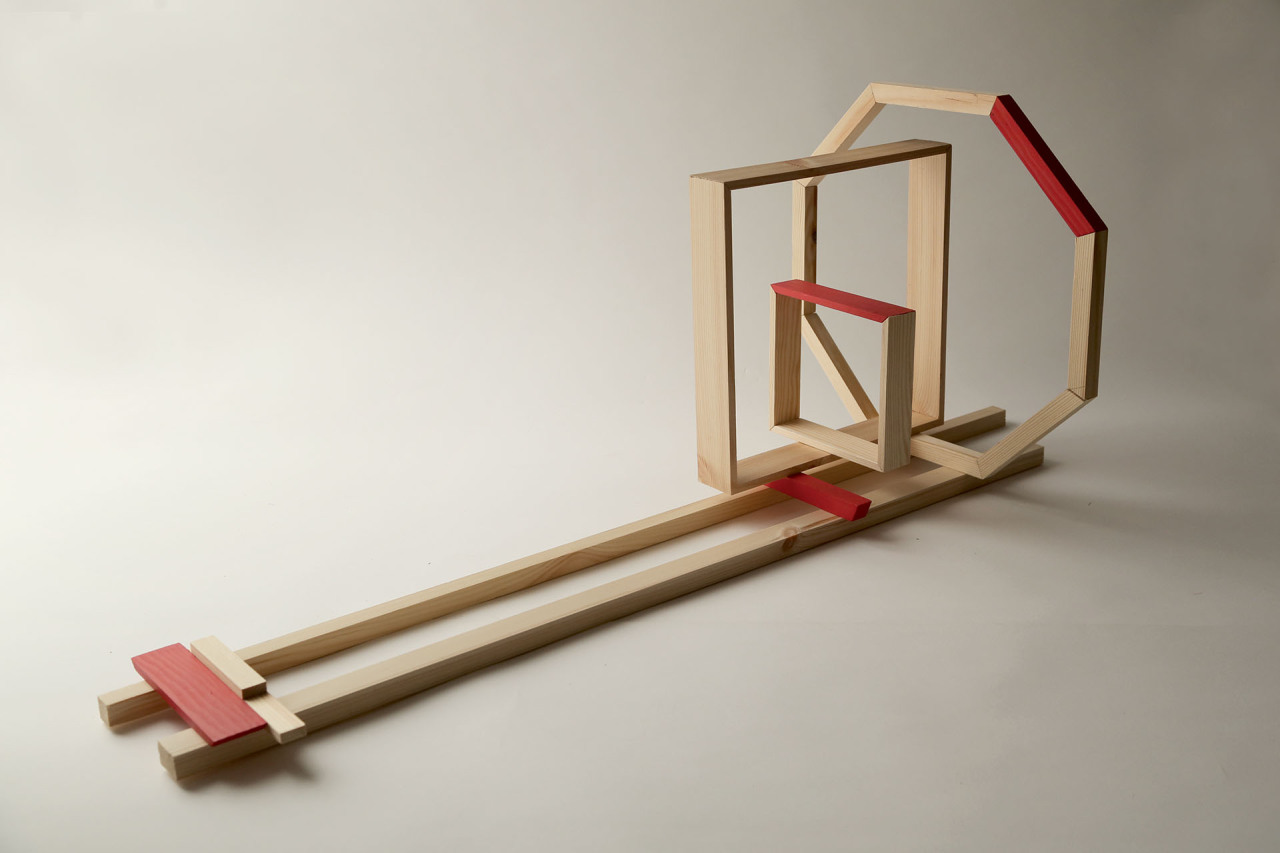
Sculptures of Memory series, by Zsolt Asztalos, photo courtesy of Ani Molnár Gallery
He shared with me a text by Alan Baddeley he had come across in his research as quoted in a Hungarian magazine,its original from his book, Human Memory. The text addressed reminiscence bumps as these moments in personal development where we collect more memories that somehow bump out, are fuller experiences, compound moments collected and stacked, which impact our personal growth in distinct ways. Looking at the objects spread out across the room, I considered the connection between one’s native language and the production of art. Having spent a month of Hungarian studies, I thought of the agglutinative nature of the language, composed of small segments that are repeated with endings an addition of meaning tacked onto the root word, allowing for a large variety of meaning to come from a single root; l saw a room filled with these memory stems stacked with endings, possibilities, variant realities. In Hungarian there are letters that can be one sound from a combination of two letters or in variant orders they can also be seen as two sounds, I picture this as the equation, when 2+2=2, where I see two letters, someone else will see one sound and through addition the sum of things is seen from a different perspective. Like the letter combinations of the Hungarian alphabet, each of these constructed memory bumps, these sculptures, could be interpreted from a variety of languages, memory languages. Thus the memory is the same, but the inference is different;the recollection is described in a unique way.
If we look into a collective past, a canon, memory has been immortalized in the writings of Marcel Proust in his Remembrance of Things Past, the combination of taste, texture, smell of the madeleine cake a miniature version of the reminiscence bump, a combination of the memory evoked from dipping the madeleine cake in the tea and in tasting it when time folds in upon itself and one is teleported through to a prior moment, a significant experience from the past. Asztalos uses ordinary objects, letters, pieces of his daily life to reconstruct bumps in memory without allowing nostalgia to degrade them, an elegance of pattern, positioning, arrangement and suggestion of process, allow for the archeological uncovering of memory, we are immersed in a dig site, in the annals of his psyche, where memories are formed, but we form our own emotions from the experience.
I asked Asztalos about his educational background with the knowledge that he studied under the artist Dóra Maurer, whose work is currently on exhibit at the Tate Modern in London.
Asztalos answered with an illuminating description,“In the beginning of University I studied in another class lead by another professor. I studied there for 2 years. This class was a bit traditional. I couldn’t find common ground with my professor in regard to my interest. He didn’t understand and didn’t approve my conceptual thinking. I opted to choose another professor. I opted to join Maurer’s class because Maurer had a strong character as a person, as a teacher,and as an artist. She was a theorist, I mean she could talk about art very clearly and precisely with words. She accepted me in her class after a conversation about my art. It was like an exam. She was curious what I had to say about my artworks. I remember clearly her last question before she decided upon my acceptance. She asked me: “Can dissymmetry be harmonic?”I replied immediately: ”Yes, it can be definitely.” Then she smiled and immediately said that I was her student. Afterwards I studied for 3 years in her class. She always gave me,and all of the students,absolute freedom for art research. She talked with each student personally twice every week and asked us to talk about our intentions, our research,and convinced us to express our art through words. She was quite different than other teachers in the university. She was like a clever theorist, art critic,not just an artist. I can say that she was more than a simple artist.”
This freedom and encouragement in the process of building his artistic identity seems to appear in the memory bumps somewhere, somehow, an influence that is fluid and indiscernible, but definitely there from Maurer in the most positive way.
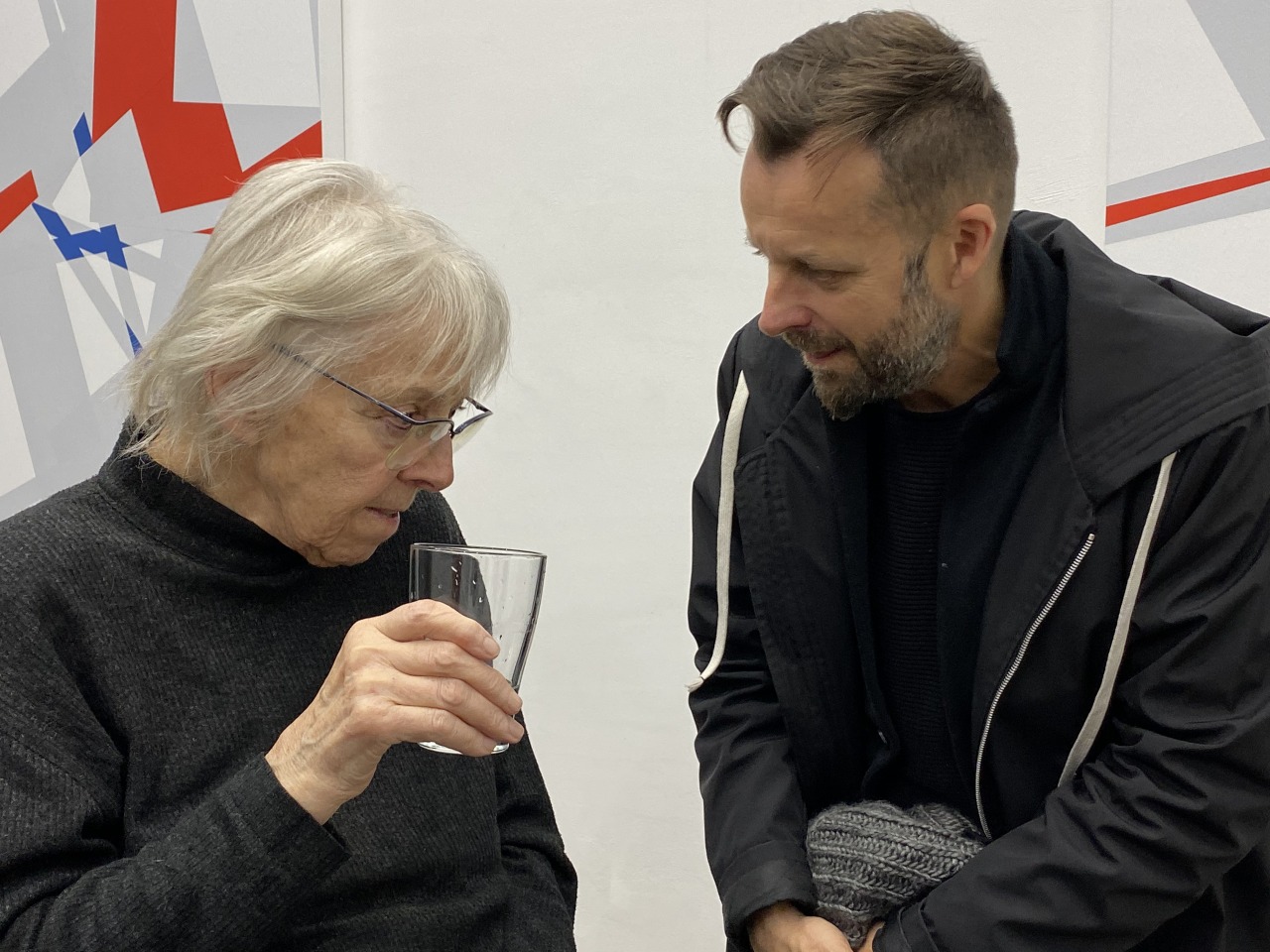
Asztalos and Maurer at Ani Molnár Gallery, photo credit Anne Murray
Upcoming shows include
Budapest
Opening February 20th, 2020, 6pm
February 21st-April 25th, 2020
Center for Contemporary Art and Culture
March 5th-April 18th, 2020
June 5th- August 12th, 2020
Art Brussels, represented by Ani Molnár Gallery
23 – 26 April 2020




